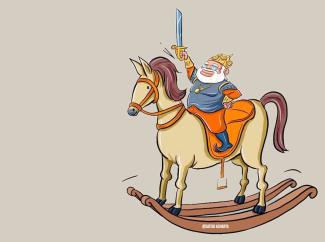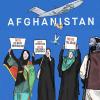One Nation, One Election is clearly inspired by Golwalkar's idea of India as a Unitary State. In an article written after the publication of the Report of the States Reorganisation Committee in 1956, Golwalkar had unabashedly advocated the model of a Unitary State "to bury deep for good all talk of a federal structure of our country's Constitution, to sweep away the existence of all 'autonomous' and semi-autonomous 'states' within the one State viz. Bharat and proclaim 'One Country, One State, One Legislature, One Executive' with no trace of fragmentational, regional, sectarian, linguistic or other types of pride being given a scope for playing havoc with our integrated harmony".
The One Nation, One Election scheme is nothing but a step towards turning India into a Unitary State and reducing parliamentary democracy to a presidential form of government. The arguments of saving cost, preventing 'policy paralysis' and ensuring uninterrupted 'development' are only an exercise in sophistry with no real basis. In a democracy elections must firstly be about people's participation and the ability of the people to give a mandate without fear. The idea of subjecting elections to a cost-benefit analysis will logically lead towards favouring dictatorship over democracy in the name of cost-cutting and uninterrupted 'governance'.
Save the Federal Democratic India envisioned in the Constitution, reject the "One Nation, One Election" route that leads to dictatorship in a Unitary State.









